The parish of Rise lies in a relatively well wooded area of Holderness, its name deriving from “Risun”, the plural form of the Old English “hris” meaning brushwood. Boulder clay covers most of the area but deposits of sand and gravel help to produce a broad band of higher ground, 15–25m above sea level, which runs from north to south through the centre of the parish, providing the village with its site. Lower ground is found in the east and west and also to the south, where the land falls to 8m in the valley of Lambwath stream, one of two streams which drain the area, both of which were recorded as insufficient in 1367.
Rise was the scene of an episode in a lengthy bloodfeud that started in c1016 with the murder of Uhtred, Earl of Northumbria, by Thurbrand the Hold, apparently at the instigation of King Cnut, at the time king of England. Uhtred’s son Ealdred then killed Thurbrand, but Ealdred and Thurbrand’s son Carl entered into a sworn brotherhood and vowed to go on a pilgrimage to Rome together, which should have put an end to the matter. They were to sail from one of the harbours in Holderness but were held up by storms at sea. Eventually they gave up waiting and repaired to the manor house at Rise which was held by Carl’s family. There are earthworks in the area of Rise estate called Blackhall where the first manor house is believed to have stood, and it was here that Carl would have entertained Ealdred. However, in the days that followed, Rise Wood became the scene of the third murder in the cycle of the feud, when Carl killed his sworn brother Ealdred. This occurred in 1038 and the spot was marked by a small stone cross but, like most of Rise Wood, it is no longer standing today. The bloodfeud finally came to an end when Waltheof, the grandson of Ealdred, massacred most of Carl’s sons and grandsons at their family estate of Settrington in c1073-4.
Domesday records that Rise was held in 1066 by Carl’s son Canute (whose life was spared at Settrington “because of his innate goodness”). The estate at the time compromised 6 carucates of ploughed fields (roughly 720 acres). It also had 30 acres of meadow and 40 acres of woodland. After the Conquest the estate was granted to William Malet, a Companion of William the Conqueror who was present at the battle of Hastings, and thereafter to Drogo de la Beuvrière. Drogo’s undertenant Franco de Fauconberg was holding it in 1086, along with its 7 villagers and 6 smallholders, and it remained in his family until 1372, when Sir Thomas Fauconberg sold it to Sir John Neville. The Nevilles, an ancient Durham family, retained possession until Richard Neville, earl of Warwick and Salisbury, the “king maker”, had his estates seized by the crown after his death in 1471 and partitioned in 1475, when Rise and other Yorkshire manors were assigned to his son-in-law, Richard Plantagenet, duke of Gloucester, later Richard III. The crown retained Rise until 1628 and in c1650 it came into the possession of the Bethell (originally ap Ithell) family, who had moved to the East Riding from Herefordshire in the late 16th century. Practically all of the estate belonged to Sir Hugh Bethell at the time of the 1660 enclosure and the family still retained ownership of most of Rise parish in 1995.
A second manor house at Rise was recorded in the early 14th century, but by the early 16th it had gone and several other buildings apparently stood on its site. In 1624 the manor house was probably that situated west of the church with 8 acres adjoining it, and in 1672 it was Sir Hugh Bethell’s 13-hearth house. By this time John Pickering, a shoemaker from Hedon, was living in the village and twelve of his fifteen children were born there, their surname being recorded as Puckering (see Pickerings of Holderness, 19th generation).
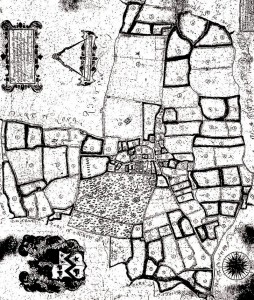 | 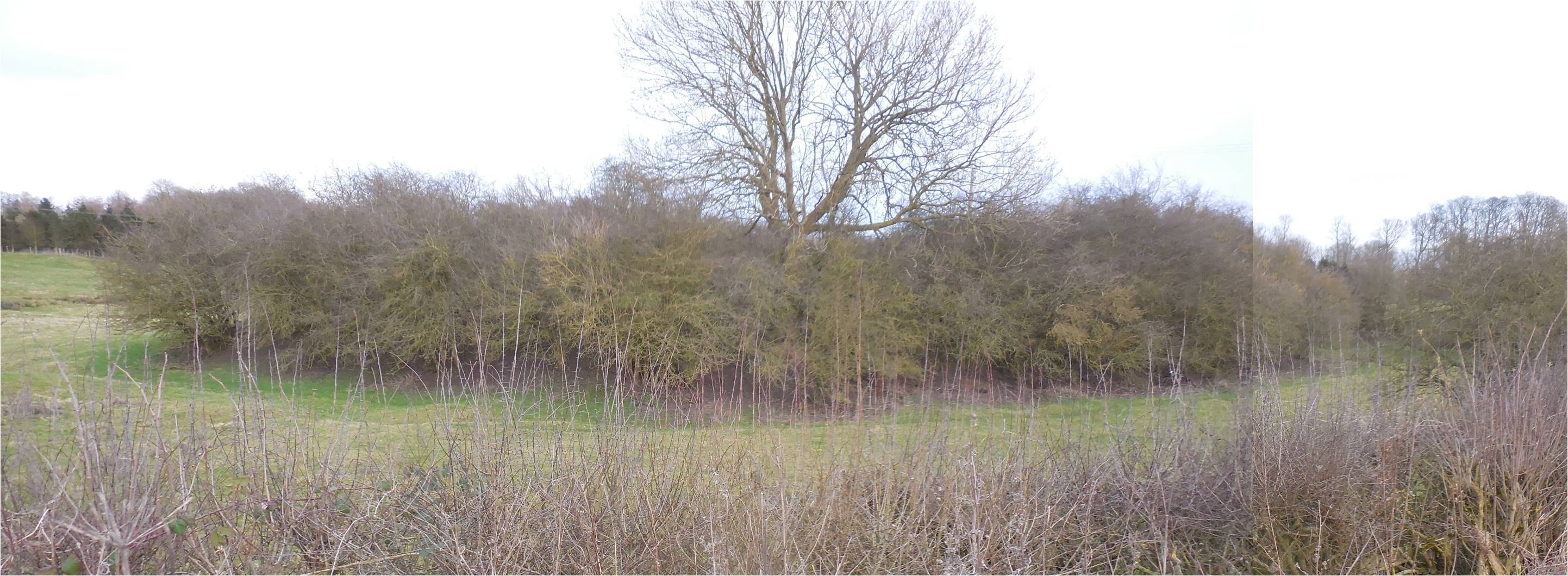 Rise estate, 2017 | 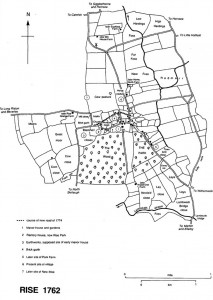 |
In 1716 the manor house stood on the site of the later Rise Hall, east of the church, and had an E plan, but by 1762 most of it had been rebuilt along a U plan. It was at about this time that William Bethell decided to make some major changes to the layout of his estate. In 1762 the buildings of Rise village lay along two streets, one leading east from the church past the manor house to join the second, longer street, which was aligned north-south. A stretch of the latter street faced the park and most of its houses stood on its east side. In 1774 William Bethell had the east-west street diverted to a more northerly course away from his manor house, demolishing all the buildings which stood south of the new road except the church, its yard and the rectory. The empty site was used to extend the park and woods and the other houses close to the enlarged grounds were also demolished, while the north-south road gradually disappeared. The village was rebuilt some 200m north of the new road, where half a dozen cottages on smallholdings and a school comprised New Rise by the 1850s. In the meantime, between 1815 and 1820, Richard Bethell had extensively remodelled the manor house. The present house is in Greek-revival style and is faced with fine ashlar; the plan is irregular, no doubt to accommodate the pre-existing fabric.
During the Second World War the manor served as headquarters for the operation of searchlight batteries in the local area, and accommodated the officers manning them. The Bethells had given up the house by 1946, when they bought the former rectory, later called Rise Park. By this time their former seat, thereafter Rise Hall, had been let to the Canonesses Regular of St. Augustine, who ran it as a Roman Catholic boarding and day school for girls until 1989 and in 1995 were using the house as an occasional educational centre. A gymnasium and a dining room were added in c1980, the latter later becoming the chapel. Rise Hall stood empty in 1998 and had fallen into disrepair before being bought in March 2001 by TV personality Sarah Beeny and her husband, who set about restoring it with the intention of making it into a family home and wedding venue. Rise Hall, stables and coach house are all listed buildings.
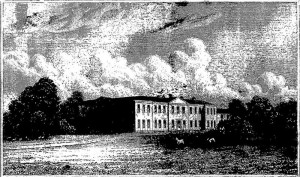 | 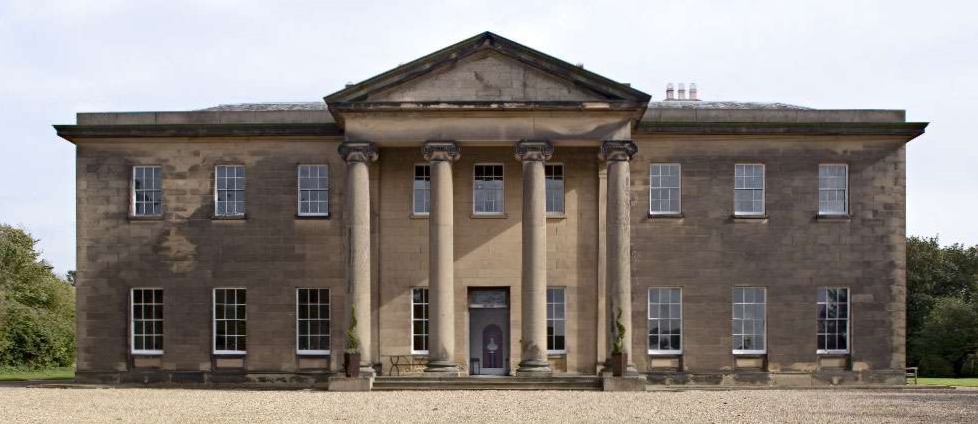 | 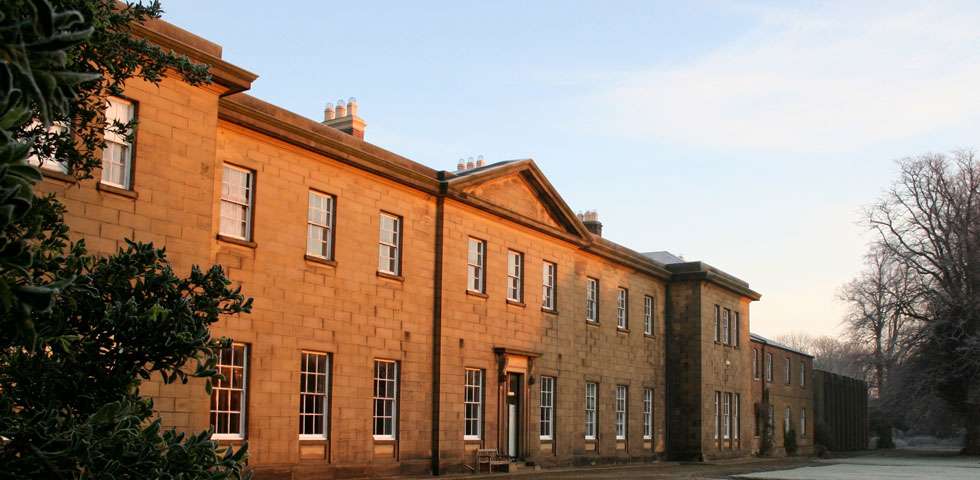 |
A church has existed in Rise since the early 1200s and a rector was mentioned in the mid 13th century, but later rectors served various parishes alongside Rise and did not live at the rectory. This goes some way to explain why the church was a “small, dilapidated, ancient structure” by the 19th century and why Richard Bethell demolished it and built a new one in its place from 1844 to 1845. The medieval church of St. Mary comprised a chancel and a nave with a south porch and a western bell turret. A blocked, round-headed doorway in the north side of the nave suggests that it was of 12th century origin although most of the features are said to be 14th century. The new church of All Saints was built of fine ashlar in a plain 13th century style and comprises a chancel with a north vestry, a nave with a south porch, and a west tower with a broach spire. Some 13th century stonework was reused in the chancel arch. Both the church and its yard, which was extended in 1845, contain many memorials to the Bethell family.
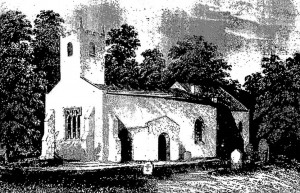 | 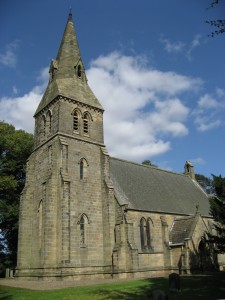 | 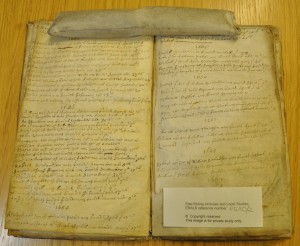 Puckering deaths, 1680s | 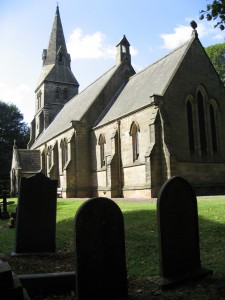 |
The population of of Rise has fluctuated over the centuries. There were 87 poll tax payers in 1377, and 25 houses were assessed for hearth tax and 5 discharged in 1672. It is not known whether John Pickering paid the tax, but the parish registers record the deaths in infancy of six of his children. However, those who survived did not contribute to the population of the village and no gravestones attest to their presence, as the family moved to Hutton Cranswick in the early 18th century. The parish had 33 families in 1743 and 25 in 1764. From 155 in 1801 the population of Rise increased gradually to 221 in 1821, which was highest it was to attain. At the census of 2011 it stood at 105.
Sources:
A History of the County of York East Riding: Volume 7: Holderness Wapentake, Middle and North Divisions: http://www.british-history.ac.uk/report.aspx?compid=16157&strquery=Rise
https://en.wikipedia.org/wiki/Uhtred_of_Bamburgh
Bloodfeud: Murder and Revenge in Anglo-Saxon England, p.119-122: https://archive.org/details/bloodfeudmurderr0000flet_s2h2/page/119
The Domesday Book: http://domesdaymap.co.uk/place/TA1441/rise
http://en.wikipedia.org/wiki/Rise,_East_Riding_of_Yorkshire
http://en.wikipedia.org/wiki/Rise_Hall
http://www.risehall.com
http://www.channel4.com/4homes/on-tv/beenys-restoration-nightmare/rise-hall-photo-gallery
